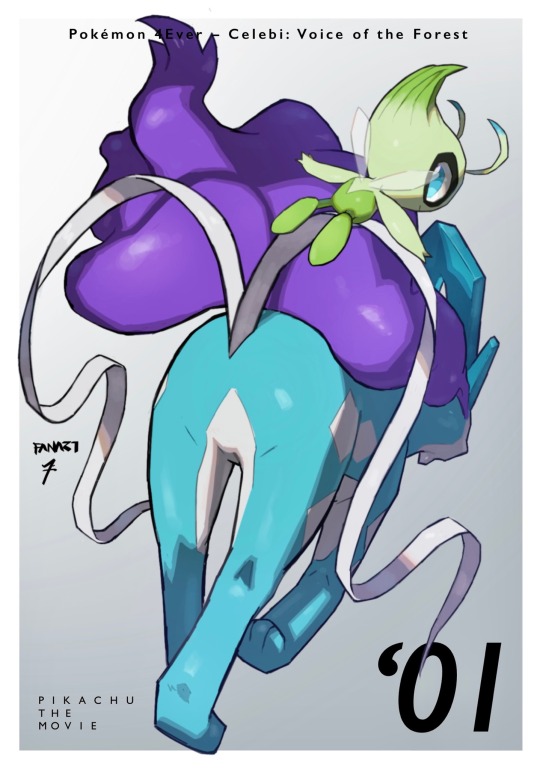#celebi and suicune
Text
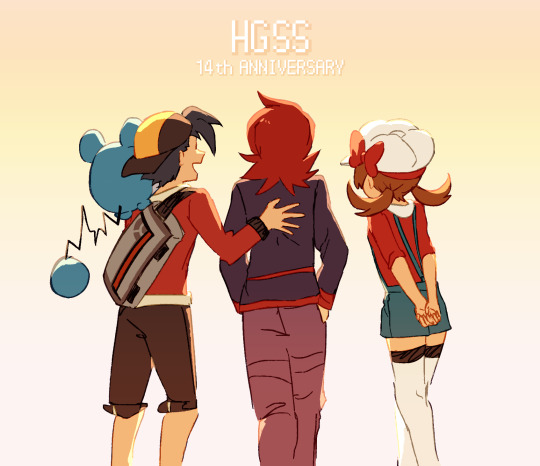
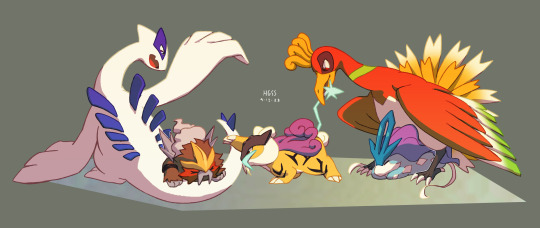
happy birthday hgss my first love <3
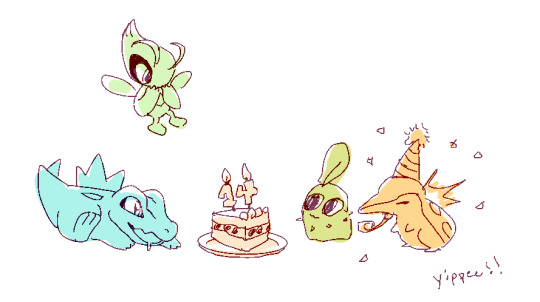
#pokemon#pokemon hgss#hgss#trainer ethan#rival silver#trainer lyra#marill#lugia#ho-oh#entei#raikou#suicune#celebi#totodile#chikorita#cyndaquil#haha wdym platinum anni is tomorrow??
2K notes
·
View notes
Photo

Legendary Pokémon Stamps
4K notes
·
View notes
Text

1K notes
·
View notes
Text

ANCIENT TIES
#my headcanon is they’ve been buddies since walking wake existed all the way up to suicune#celebi#walking wake#suicune#pokemon#pokemon fanart#pokeart#pipart#this took almost 6 hrs… my brain feels like a raisin
819 notes
·
View notes
Text

the official johto government hires me to do advertising for them and then i send this image to them and i get taken out by ten million skarmories
#rival silver#lugia#ho-oh#celebi#rocket executive ariana#rocket executive archer#rocket admin proton#rocket admin petrel#suicune#entei#raikou#pokemon
96 notes
·
View notes
Photo

New Pokémon Masters EX promotional artwork featuring Sygna Suit Ethan, Lyra and Kris!
3K notes
·
View notes
Text

Finally finished after many hours!
#pokemon#ipadart#pokemon art#pokemon fanart#ipaddrawing#digital art#ipad procreate#scenic art#mountains#lake#suicune#celebi
188 notes
·
View notes
Text
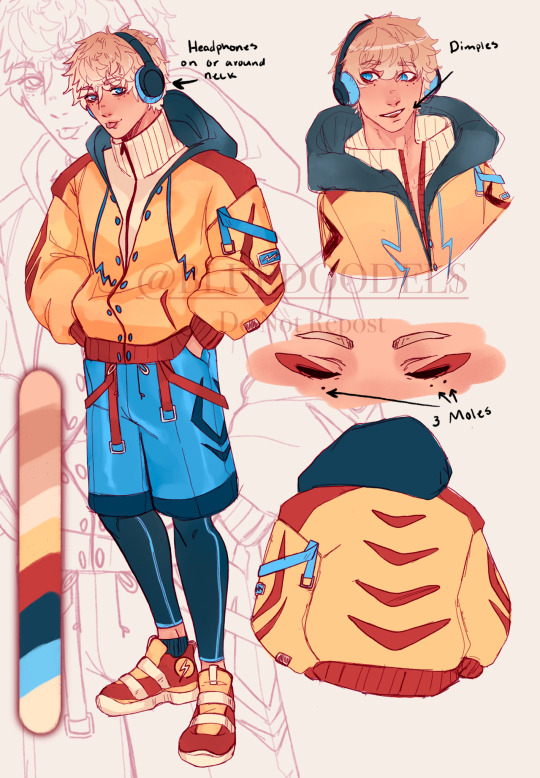




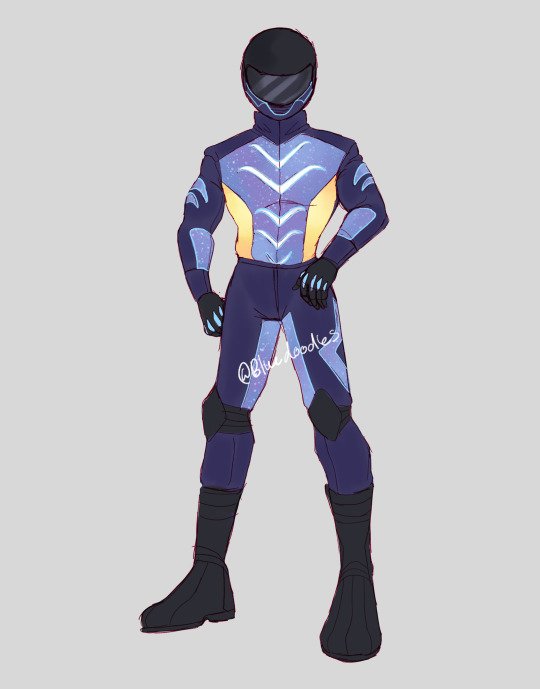
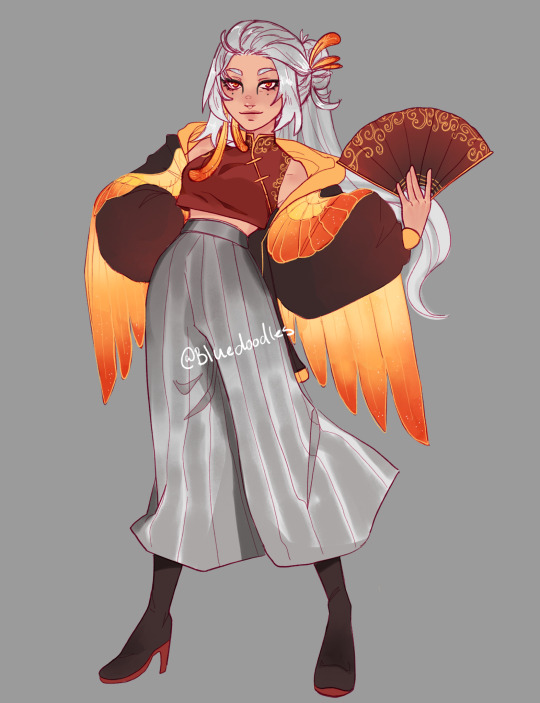
A bunch of designs I’ve made recently that I forgot to share
#bluedoodles#pokemon#bluesoc#gijinka#character design#raikou#ho oh#celebi#darkrai#arceus#miraidon#suicune#Rayden#atlas#fae#Miro
53 notes
·
View notes
Text

Legendary✨
22 notes
·
View notes
Text
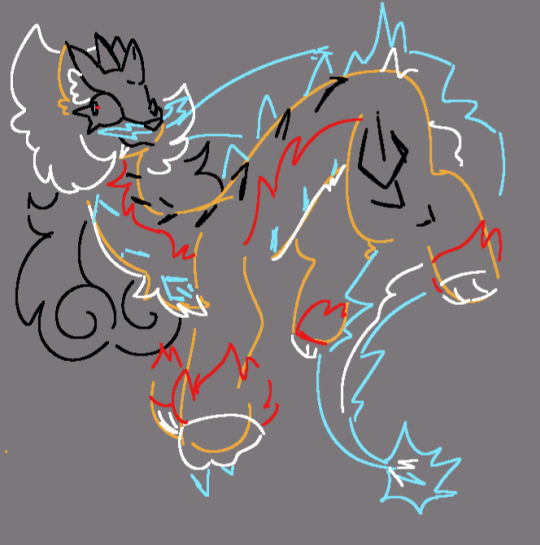
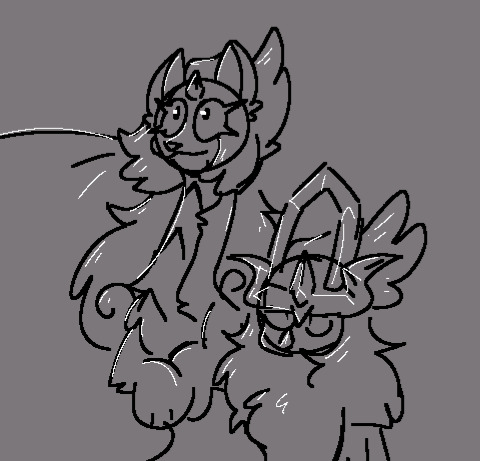



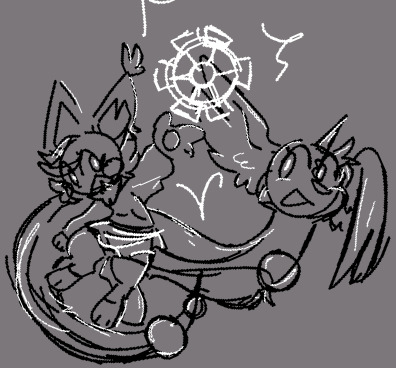
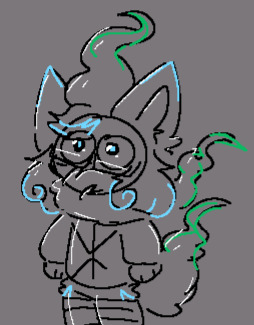
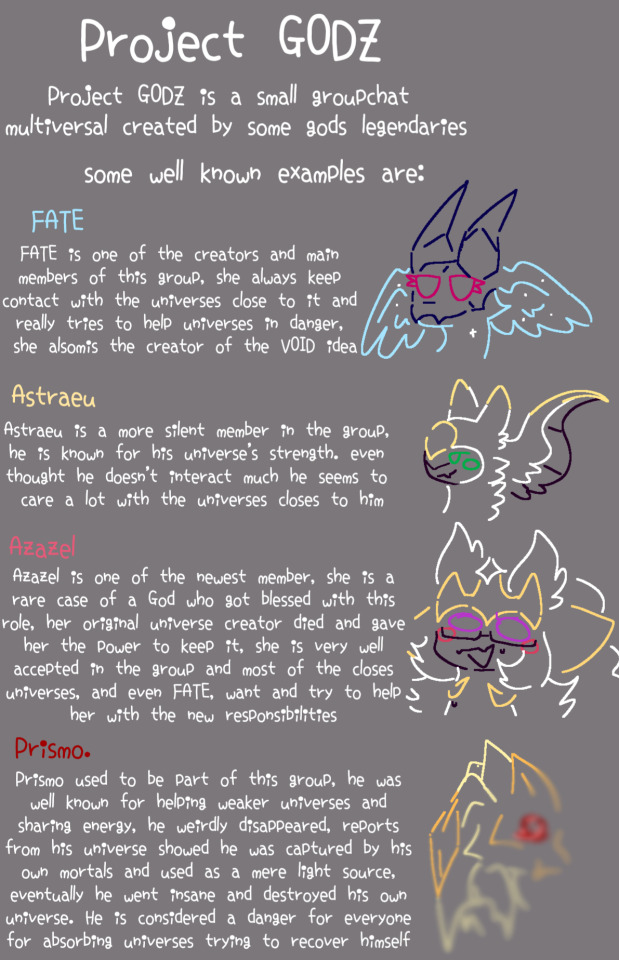
Thingies I forgot to post
#my art#pokemon#oc#furry#raikou#i forgot the paradox name#suicune#walking wake#Fezandipiti#celebi#pichu#dragonair#zorua#hisuian zorua#ultra necrozma#necrozma#arceus#giratina
42 notes
·
View notes
Text
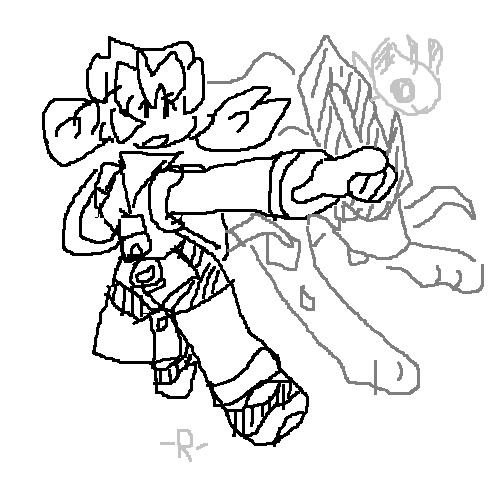
happy belated birthday pokemon crystal!!!!111!!
#pokemon#reestallized drew this#reestal likes to draw#pokemon fanart#pokemon protagonist#pokemon gsc#pokemon crystal#trainer kris#suicune#celebi
25 notes
·
View notes
Text
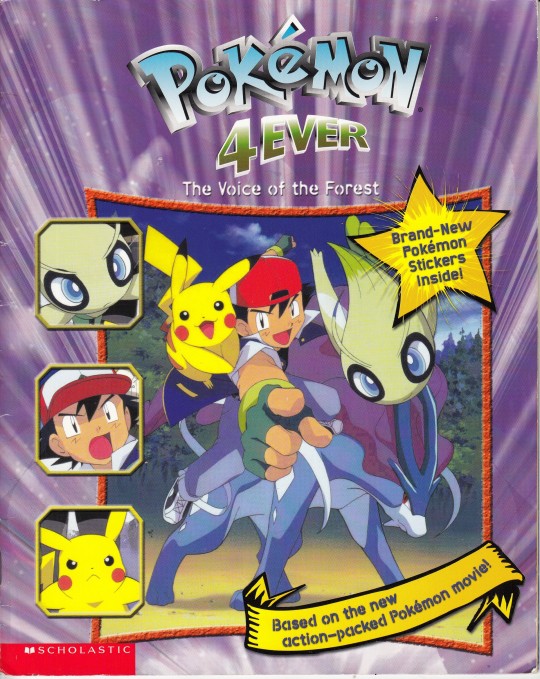
41 notes
·
View notes
Text
And here's the triple cone cup trio as Pokémon trainers

#cookie run#cookie run kingdom#triple cone cup#capsaicin cookie#kouign amann cookie#prune juice cookie#moltres#zapdos#articuno#entei#raikou#suicune#hoopa#celebi#mew#infernape#serperior#primarina#slugma#skitty#alolan grimer#scovillain#sylveon#misdreavus
13 notes
·
View notes
Photo

Pokemon 4Ever poster that came with Pokemon Ruby & Sapphire Version for the Nintendo GameBoy Advance [✩]
#pokemon#pokemon 4ever#pokemon ruby#pokemon sapphire#vhs#dvd#movie#mov#poster#video game#vg#latios#latias#celebi#suicune#ash ketchum#pikachu#mp#nostalgiacore#y2k
81 notes
·
View notes
Text
Welcome back to my series discussing the real-life inspirations for all legendary and mythical Pokémon. Today I’ll be covering gen II. For previous entries see gen I, all starters, all fish, and all non-fish aquatics.
The legendary beasts were a first in in the series for being legendary Pokémon that are actually the subject of legend. They were three Pokémon who were killed in the brass tower burned down, but were then resurrected by Ho-Oh. Each one represents one of the events involved in the burning of the tower. I personally like the theory that they were the gen I eeveeloutions before being revived. While the beasts are very cool, I don’t know if I can forgive them for introducing the roaming legendaries mechanic to the game. I’m going to hold off on covering the paradox beasts for now because I haven’t decided if I’m going to cover the paradox Pokémon at all and we haven’t seen paradox Entei yet.
Raikou is electric type and represents the lightning that struck the brass tower and started the fire. It’s also definitely the least utilized of the beasts. Entei gets a movie and Suicune gets to be a cover legendary but poor Raikou gets left behind. Anyway, it’s based on the raijū, a creature from Shinto mythology. The Raijū is the companion of Raijin, the god of thunderstorms. It is normally calm and peaceful, but during storms it will fly around as a ball of lightning and its roars sound like thunder. It is normally depicted as a dog or wolf, but can also be depicted as a huge variety of animals and mythical creatures. That’s pretty much a dead ringer for Raikou, but there’s still more. Raikou may also draw form the Nue, a chimera from Japanese mythology that is usually described as at least part tiger and can transform into a cloud and go flying around. In terms of real-life inspirations, Raikou is also based on Smilodon, the most famous genus of saber-toothed cats. These are commonly called saber-toothed tigers, which fits with Raikou being yellow (which is kind of like orange) with black stripes. Raikou’s shiny also makes it look more tiger-like.
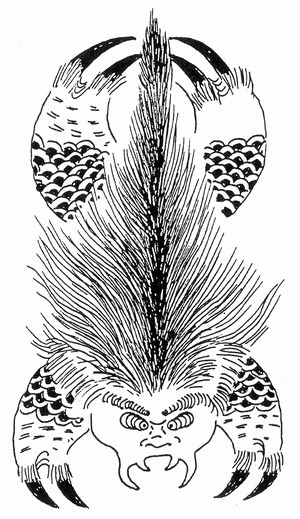
(image: a depiction of a raijū as an abstract beast not clearly resembling any real animal. The source given fro this image was Ban Koko's Kanda-Jihitsu but when I looked that up the only references I could find to that work were the citations attached to this image)

(image: paleoart of a Smilodon depicting it as a large, thick-bodied cat with a short tail, brownish coat covered in spots, and protruding fangs from its mouth. Source)
Entei is fire type and represents the fire that burned down the brass tower. It looks like a combination short-muzzled dog and big cat and is based heavily on Barong, a heroic panther spirit from Balinese mythology. Barong is the leader of the forces of good who battles the demon queen Rangda in a struggle between good and evil. Entei’s shagginess around the head and neck resembles a lion’s mane and lions are associated with strength in many cultures. There is also a connection between lions and fire as in alchemy, a lion is used as a symbol representing the sun. Dogs also feature in Entei’s character design, especially saint bernards, who are large, strong, and shaggy dogs with shorter muzzles. Entei’s design is meant to look like an erupting volcano, with its fur being the base of the volcano, the plates on its back being rock broken open, the smoke emerging from its back being smoke, and its red and yellow facial markings being lava.
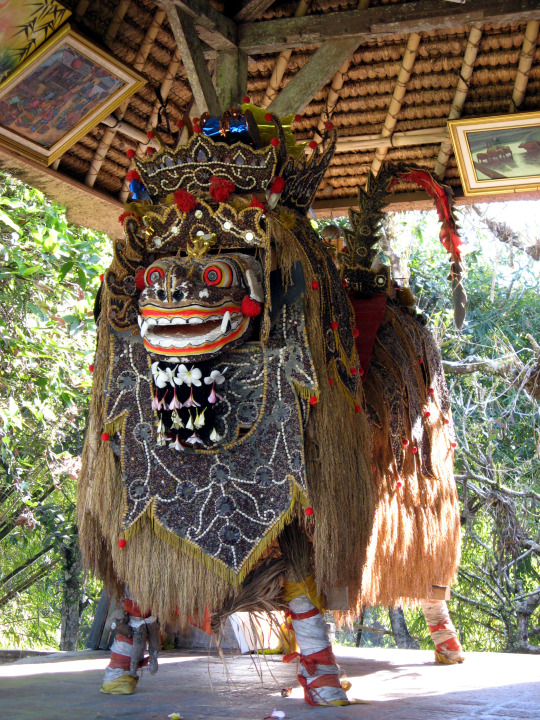
(image: a Balinese statue or effigy of Barong, depicting it as a large quadruped covered in shaggy fur with a cat-like face and decorated with a crown and jewlery)
Suicune is water type and represents the rain that extinguished the brass tower’s fire. It’s the hardest one to pin down a relationship to a real animal, but the designer said it was designed with leopards in mind. The leopard design plus Suicune’s connection to the north wind references Fūjin, the Shinto god of the wind, who wears a leopard skin. Fūjin and Raijin are commonly seen together, giving a close relationship between Suicune and Raikou. Suicune’s mane looks like an aurora and its ribbon-like tails move in a way that seems like waves or gusts of wind. Mythologically, Suicune draws from the qilin, a mythical Chinese creature. Descriptions of the qilin vary, but they are always depicted as ungulates (hooved animals) and in many stories can walk on top of water like Suicune. Chinese qilins are usually depicted as draconic and may have one or two horns. Suicune splits the difference by having two horns that fuse together. The Japanese version of the qilin, the kirin, is usually depicted as more deer-like, which more closely fits the clearly mammalian Suicune.
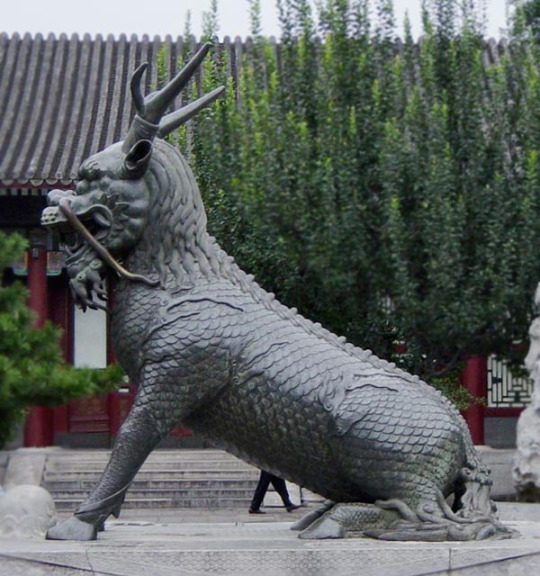
(image: a stature of a qilin at the Summer Palace in Beijing. It depicted as a quadruped with a horde-like body plan and hooves, but reptilian scales. its head looks cat-like, with a beard, long barbels from the snout, and small antlers)
The tower duo started the trend of having version-exclusive legendaries on the box art of the games. Despite this, legendarries being important to the plot wasn’t a thing until gen III, therefore the tower duo don’t have as much attention and lore as the box art legendaries that would follow. In theory they are both birds and their name comes from how they used to roost on top of the bell tower and brass tower until the brass tower burned down, causing them to leave. They are also both related to a legendary trio, with Ho-Oh being the creator of the legendary beasts and Lugia being made into a mediator for the legendary birds by the 2nd movie.
Lugia is one of the most iconic legendary Pokémon as well as one of the weirdest. It is really hard to pin down what this thing is supposed to be. Lugia is the guardian of the sea and is associated with storms and the color silver. While it normally lives underwater, Lugia can breathe air as and fly. It is notoriously classified as a flying type and not a water type. Lugia really should be water/flying instead of psychic/flying. Lugia was designed for the 2nd movie and the designer was surprised to find out it got added to the games as well. What exactly Lugia is is a hard question to answer. It looks a bit like a short-necked plesiosaur or a penguin, which fits it being aquatic. Its name and color might come from beluga whales. Another possible source is Bahamut, a gigantic, monstrous fish from pre-Islamic Arabian mythology that was one of multiple creatures that carried around the world. An older name for Bahamut is Lutīyā, which certainly sounds like Lugia. Lugia looks vaguely draconic and may be based on Ryūjin, the Shinto sea god who was a dragon that lived at the bottom of the sea.
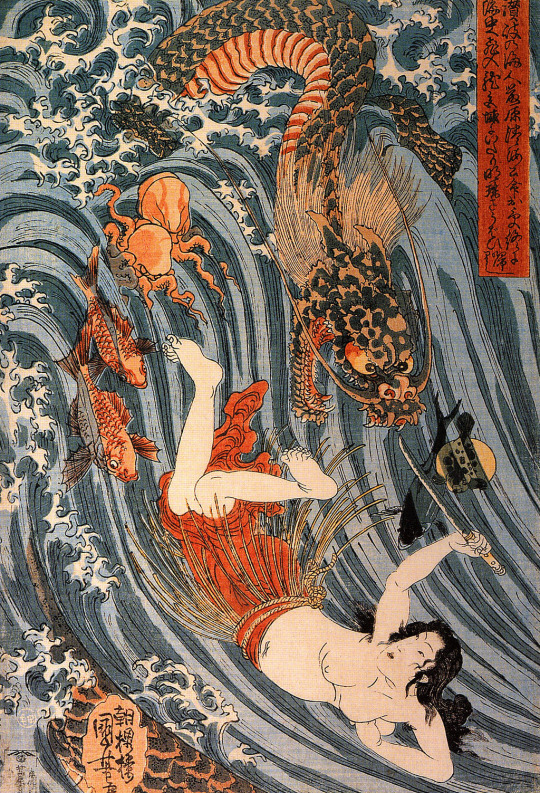
(image: the painting Princess Tamatori Steals Ryujin's Jewels by Utagawa Kuniyoshi. Ryujin is depicted as a serpentine, wingless dragon emerging from a wave)
Together with Ho-Oh, Lugia represent duality, which is frequently symbolized as a dragon and a phoenix. The dragon represents masculinity and yang while the phoenix represents femininity and yin.
As mentioned above, the theme of duality represented by the dragon and the phoenix inspired the tower duo. Lugia is the dragon while Ho-Oh is the phoenix. Or rather, it is the fenghuang, the immortal bird of Chinese legend that often gets translated to English as “phoenix”. The Japanese name for the fenghuang is hōō, which is pronounced the same as Ho-Oh. Both are said to have many colored feathers like Ho-Oh. While the fenghuang is sometimes associated with fire, the fire and immortality aspect of Ho-Oh seem to come from the western phoenix, famous for rising from its own ashes after death. Ho-Oh likely does this too as the Sacred Ashes item is apparently Ho-Oh’s ashes and can restore your party members from fainting. Pheonixes are often used to symbolize immortality and rebirth, which fits with Ho-Oh raising the legendary beasts from the dead. Other possible inspirations include the Slavic firebird or the three-legged crow.

(image: a statue of a fenghuang from Nanning, China. It depicts a perched bird with a long neck and head crest pointing backwards. Its tail is that of a peacock's)
If Celebi had debuted after gen 6, it definitely would have been a fairy type because it is heavily based on fairies, nature spirits, and other mythical creatures. Celebi is based on nature spirits like the Greek dryads and Japanese kodama, but primarily the idea of kami. In the Japanese religion of Shinto, every object has an associated spirit or god called a kami that embodies that object. Celebi being a forest spirit and being found in a Shinto shrine clearly indicates that it is a kami if the forest, presumably Ilex Forest as that’s where its shrine is found. Celebi’s time traveling ability is likely a refence to fairy stores where someone will visit the land of the fairies for a little while, only to find out that years if not decades or centuries have passed in the brief time they were there. Or they may spend years there to find only minutes have passed back on Earth. Celebi’s physical appearance is a fairy mixed with a plant bulb. It’s worth noting that Celebi’s beta design clearly drew form Kokopelli,a god of trickery, fertility, and music worshipped amongst some Native American tribes of the southwest US. A depiction of Kokopelli has become a common symbol in the southwest US.


(images: left: three beta sprites for Celebi, with the first being an all-black silhouette of a cartoonish humanoid blowing a flute with long appeandages emerging from the back of the head, the second being a similar creature with short limbs and no flute now colored mostly orange, and the third being almost identical to the finished Celebi design. Right: the common modern depiction of Kokopelli, an all-black humanoid silhouette blowing a flute with multiple appeandages emerging from the back of the head.)
#pokemon#johto#legendary beasts#tower duo#raikou#entei#suicune#lugia#ho oh#celebi#raiju#nue#barong#qilin#kirin#fujin#ryujin#fenghuang#phoenix#kami#fairy#kokopelli#japanese mythology#shinto#chinese mythology#balinese mythology#legendary pokemon#mythical pokemon
17 notes
·
View notes
